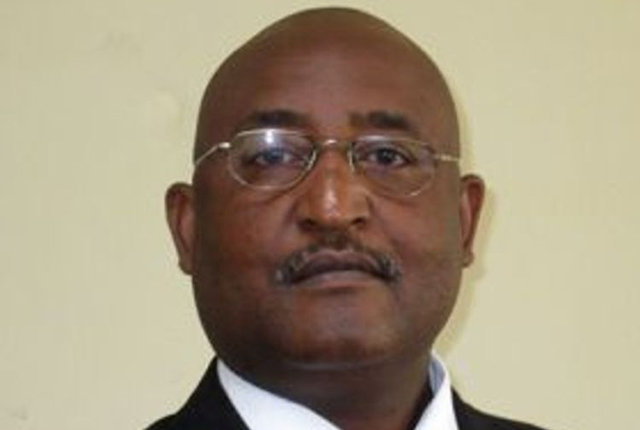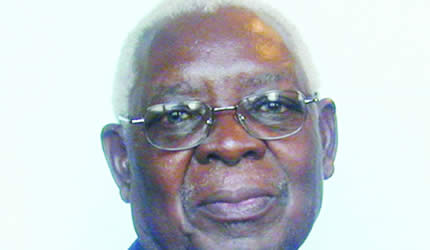Exploit Zambezi River, southern Africa urged

Conrad Mwanawashe Business Reporter
SOUTHERN African countries that share the Zambezi River, should consider major investments to exploit the 10 000MW untapped hydroelectricity capacity along the water body to guarantee power within the bloc as the World Bank expects demand for electricity to increase by 40 percent over the next 10 years.
The Zambezi River common between Zimbabwe and Zambia and a part of Mozambique has capacity to generate 14 000MW of hydroelectricity between Katombora Barrage upstream the Victoria Falls and downstream the Cahora Bassa at Lupata in Mozambique.Currently, only about 4 000MW have been exploited so far by Zimbabwe, Zambia and Mozambique, leaving 10 000MW potential excess capacity.
Hydroelectricity generation plants on the Zambezi River currently include the Victoria Falls power station which is on the north bank of the falls on the Zambian side.
There is no corresponding power station on the Zimbabwean side. This is because should there be a power station on the Zimbabwean side the Victoria Falls would cease to be a world wonder.There is also the Kariba power stations 1 266MW capacity with potential for additional 300 /600MW; and the Cahora Bassa — 2 075MW existing and potential — 1 200MW on the north side.
“When we sat down we looked through and said yes we have got potential starting from the Batoka Gorge.“Initially we thought we would generate 1 600MW (at Batoka) but now we know we can get 2 400MW as technology improves,” said Zambezi River Authority chief executive officer Munyaradzi Munodawafa in a presentation to the ZRA board members on a mission to Zambia and Zimbabwe to assess progress on the development of the Batoka Gorge recently.
As development of the Batoka Gorge is now taking shape, the next proposed development target is the Devil’s Gorge upstream the Kariba Dam, which has a potential to generate about 1 240MW.Mupata Gorge, downstream the Kariba, with a potential capacity of 1 000MW is also in the ZRA plans.Further downstream the Cahora Bassa, Mupanda Uncua with 1 600MW potential, Boroma — 444MW and Lupata — 654MW are also proposed.
Apart from these proposed hydroelectricity generation plants, Mr Munodawafa said further upstream of the Victoria Falls there is a small but important gorge which is like a constriction called Katombora Barrage.
Mr Munodawafa said even though the Katombora Barrage will not provide energy it provides a lot of advantages downstream including providing the Victoria Falls with a constant supply of water all the time.The Southern African Power Pool, in its 2015 annual report said southern Africa installed a total of 13 604MW of new generation capacity in the last 11 years which gives an annual average of 1 237MW of new generation capacity.
In 2015, 1 999MW of new generation capacity was commissioned of which 83 percent was from renewable energy and electricity demand increased by 6,8 percent.SAPP anticipates that almost all countries will be commissioning new generation plants in the next few years with a total of 24 062MW new generation capacity planned. However, with the growth in industry and population in the region more power generation capacity will be required.
The World Bank recently said it is working on a programme with SAPP with a view to providing capacity to speed up development of regional power generation and transmission projects.Expects say there is need to guarantee sufficient power generation, transmission and distribution capacity which has a direct bearing on the availability and reliability of low cost, environmentally friendly electric energy in the region.
SADC says in order to capitalise on the region’s potential for electricity generation, encourages investment in the region’s electricity infrastructure, especially in electricity plants, transmission lines, coal depots, and nuclear demonstration plants.At present, most electricity in southern Africa is produced through burning coal. However, SADC aims to develop the region’s renewable energy resources, with plans for hydro-power plants underway in Mozambique, the Democratic Republic of Congo, Lesotho, and along the Zambezi River.










Comments